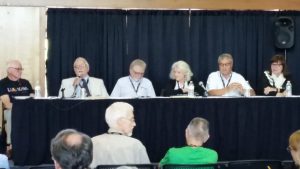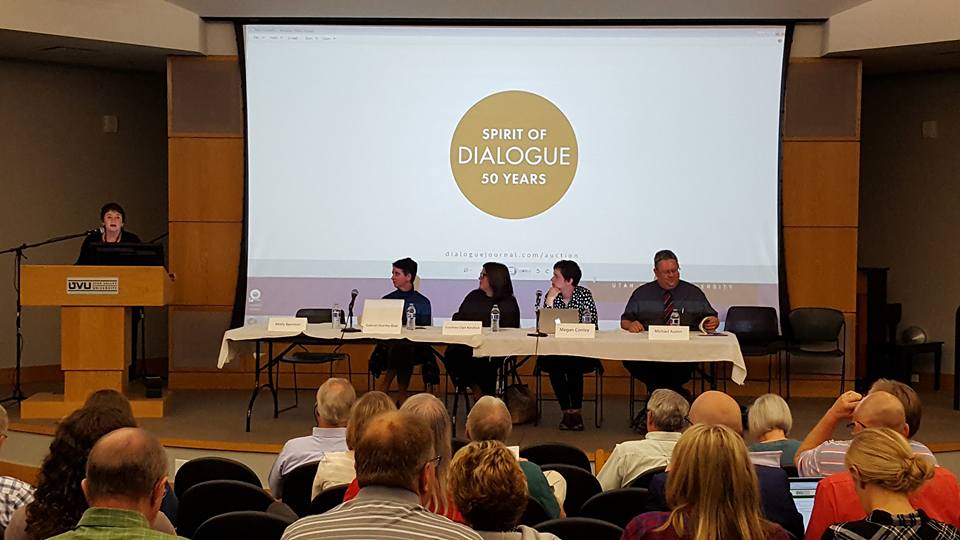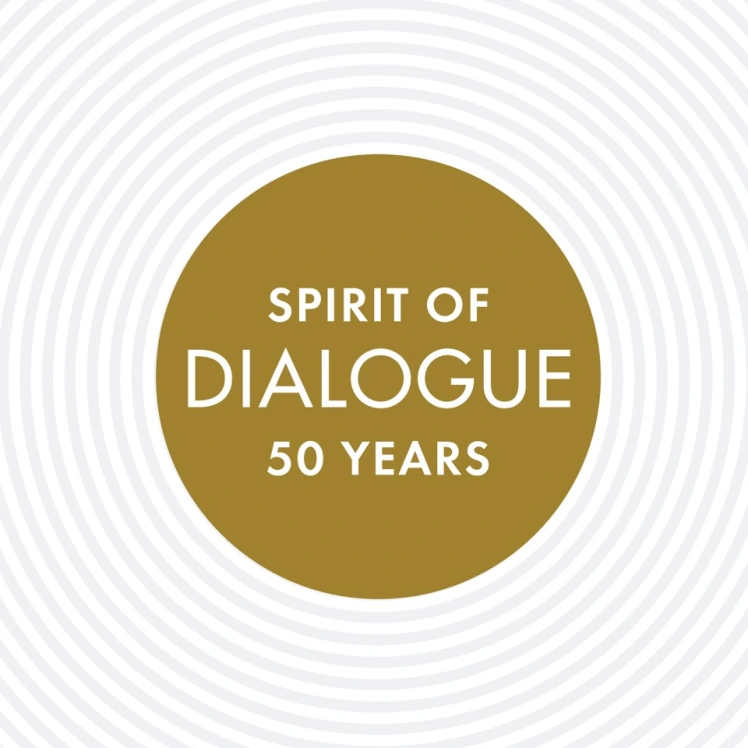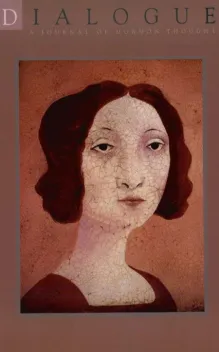New Directions in Mormon Studies
March 8, 2017Board member Patrick Mason discusses the role of Dialogue within Mormons Studies in this new podcast at LDS Perspectives.

Board member Patrick Mason discusses the role of Dialogue within Mormons Studies in this new podcast at LDS Perspectives.

Each year, Dialogue hosts a Eugene England memorial essay contest to honor essays that represent Gene’s vision of an expansive, inclusive, and bold Mormonism. In also honoring the best fiction published in Dialogue, judges this year decided to honor three stories that further the vision of Mormon literature.

In this final session of the “Spirit of Dialogue” conference, Marlin Jensen and Greg Prince dialogue about “The Future of Faith.” Transcript included.

In this sixth session, influencers discuss “Letting our Differences Make a Difference: Dialogue’s Role in Mormon Diversity.”

In this fifth session, past editors discuss “The Dialogue Reality: Dialogue’s Editors.”

In this fourth session, Armand Mauss discusses “The Dialogue Dream: From Inception to the Present.”

RadioWest intervews Board Member Gregory Prince on his upcoming Dialogue Fall article on “Gerontocracy and the Future of Mormonism

In this first session, essayists and bloggers discuss “Grappling with Groupthink: Dialogue’s Role in Addressing Critical Social Issues.”

Please join us on Friday for our Spirit of Dialogue conference at UVU and our gala at the Natural History Museum in Salt Lake City as we celebrate fifty years of Dialogue and look forward to the next fifty!

To honor this legendary Mormon publication, I’ve collected from various Exponent bloggers some thoughts about Dialogue‘s role in their lives and about Dialogue articles that have particularly impacted them. MayDialogue continue on for another 50 years… and many, many more after that.